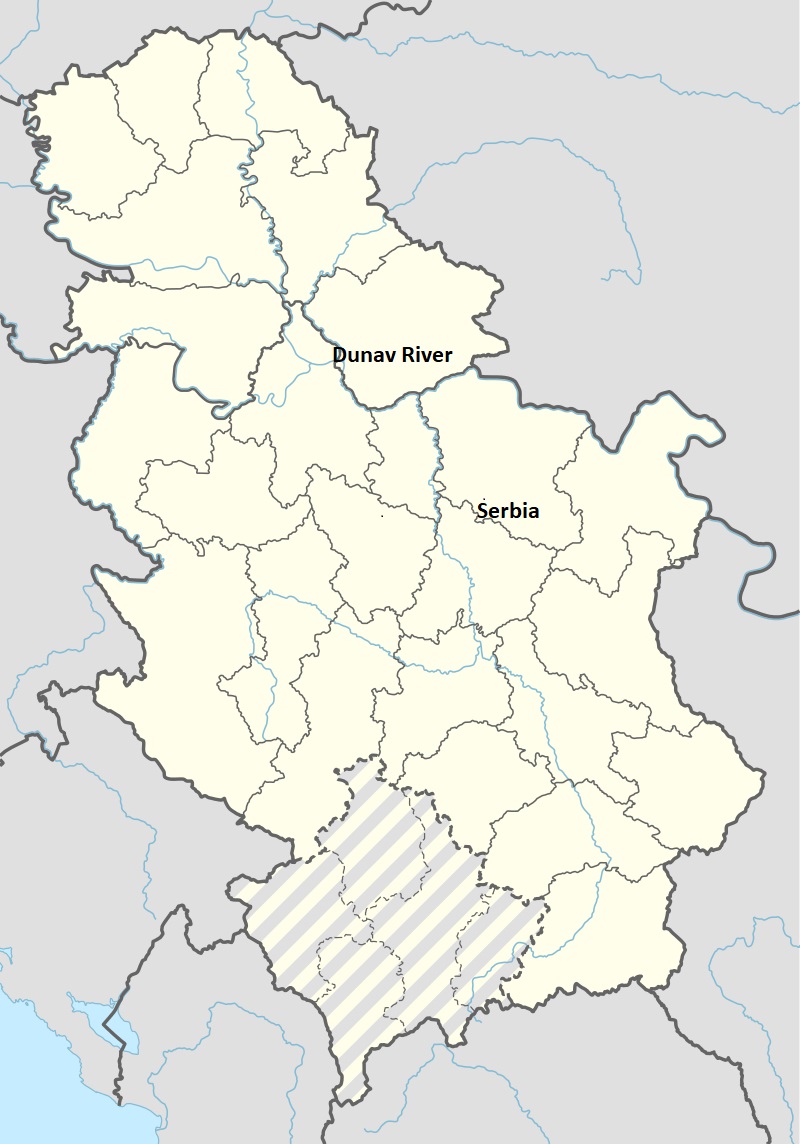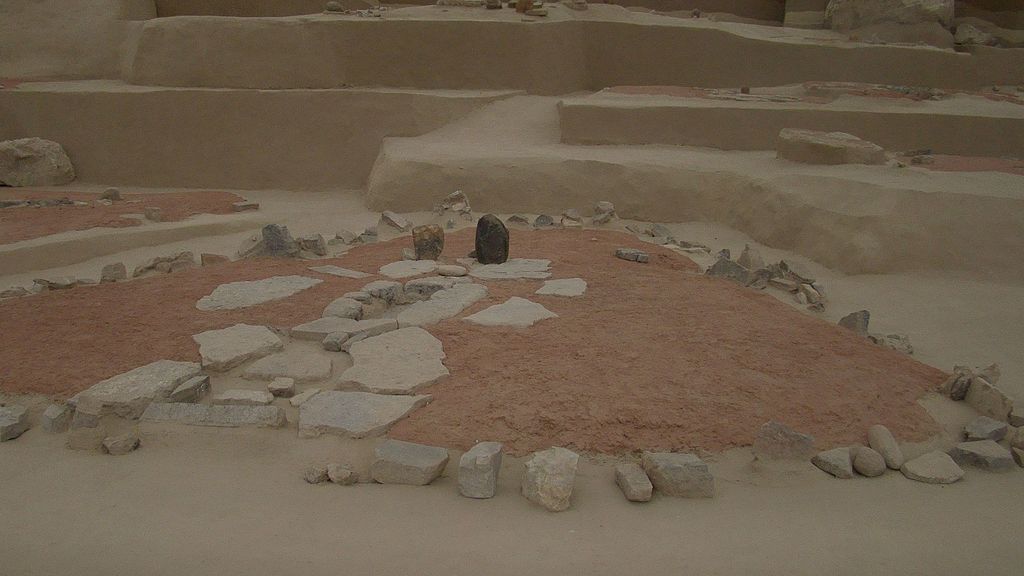The Oldest European Town dated 9,000 BC
Art, Education, Symbols and Signs, defaultby Nataša Pantović Amazon Link
In the course of human evolution, people learned to live together, first in small isolated groups, than in larger communities and some of the societies became civilizations. Now, I can bet that you did not know that the first European town-settlement was Lepenski Vir now dated to 9,500 BC. You might say, Plovdiv, in Bulgaria - 6000 BC. Plovdiv is by far the oldest city in Europe, having been founded about 6000 BC... Or Athens, in Greece with its first settlement dating to 3000 BC.
Or perhaps Lepenski Vir, dated to 9,500 BC to 6,000 BC.

The Oldest European Town Lepenski Vir Sculpture
I am now talking about the real cultures, unlike the ones that are only within our mythology, such as Atlantis. Going back to the very cradle of civilization we find:
The Persian civilization and the Ancient Greek Civilization during the period: 2700 BC– 200 AC
Of course, there is Ancient China, it was around 2700 BC that the legendary Yellow Emperor began his rule, The Mayan Civilization, 2600 BC – 900 AC that flourished in Central America. According to them, the world was created on August 11, 3,114 BC, the date from which their calendar begins. So not even they could imagine a culture that is as old as 6,000 BC.
The Indus Valley Civilization, covers the period of 3300 BC–1900 BC. Along with Ancient Egypt and Mesopotamia, it was one of three early civilizations of the ancient world. The peak phase of this civilization was from 2600 BC to around 1900 BC. A sophisticated and technologically advanced urban culture is evident in the Indus Valley civilization. The Mesopotamian Civilization, from around 3300 BC to 750 BC is where civilized society truly began to take shape. They prospered in the regions of modern day Iraq, then known as Babylonia, Sumer, and the Assyria Highlands.
When you speak of anything earlier you get really excited if you find a skeleton dated some 1,000s of years or a cave with arts that goes back a 1,000 of years. The time-line of the Megalithic cultures in Europe, known for constructing the megalithic temples are 3,600 BC: in Malta (Ġgantija and Mnajdra temples); 3,000 BC: Constructions of Ħaġar Qim and Tarxien, and 2,800 BC: Construction of Stonehenge in the UK.
Each civilization contributed to our consciousness and subconscious development in many ways: with new inventions, art, philosophies, lifestyles, etc. From the very cradle of civilization to our children, who we are, is the result of all our learnings.
This relatively recent archaeological finding became extremely interesting when we place the time frame to the settlement and we realise that we are not in the middle of discovery of 1 cave or 1 wall or 1 house but a settlement of 136 homes.
Lepenski Vir as "the first town in Europe"

Lepenski Vir (Serbian Cyrillic: Лепенски Вир, "Lepena Whirlpool"), located in Serbia, is an important archaeological site of the Mesolithic culture of the Balkans. It belongs to the Iron Gates Mesolithic, that is the official name of this amazing culture that lived in the region of the Danube River, between 10,000 and 3,500 years BC, in the area of today's Romania and Serbia.

The Oldest European Town Lepenski Vir Cultural Heritage site of Serbia
The time-line places this neolithic settlement of Lepenski Vir to 9,500 – 6,000 BC.
The Lepenski Vir site consists of one large settlement with around ten satellite villages.
Now imagine the excitement of this archaeological excavation, seven successive settlements were discovered one on top of each other, with the remains of 136 residential and sacred buildings dating from 9500 BC to 6000 BC.
All the houses share a very distinct shape, built according to a complicated geometric pattern. The basis of each of the house is a circle segment of exactly 60 degrees, constructed in the manner of an equilateral triangle. The houses are completely standardized in design, but greatly vary in size. The smallest of the houses has an area of 1.5 m2 (16 sq ft) while the largest one covers 30 m2 (320 sq ft). The tip of the trapezoid base is pointed into the direction of the wind.

The oldest European Town Lepenski Vir house shape
According to Srejović, the planned design of the settlement, its functionality and proportional forms, shows the almost modern sense of architecture.
Curious House 49
The House 49, is the smallest of them all, and it the prototype for the entire settlement. The fireplace in this house is also the smallest, not bigger than a shoe, still, the evidence shows that it was still used for fire.
The House 44, labelled as House XLIV is the largest one and various settlements used it as the “Central House". The most intriguing sculptures were discovered in this house, Praroditeljka ("Foremother"), Danubius, Praotac ("Forefather"), Rodonačelnik ("Progenitor"), Vodena vila ("Water fairy").
The interior of each house includes a fireplace in the form of an elongated rectangle built from massive rectangular stone blocks. The fireplaces were further extended with stone blocks creating a small shrine at the back of the house. These shrines were always decorated with sculptures carved from round river stones. A shallow circular depression in the ground was placed precisely in the middle of each house. In all of the houses, the sculptures, fireplaces, altars, tables, arranged square stones, round depressions and intriguing triangles were all built ("concreted") into the hardened floors. The triangles, might have been the ancient archetype of a writing system. They are considered as symbols, rather than proto-letters. yet the symbols spread from the fireplace in a sequence that can't de deciphered,
Archaeologist Ljubinka Babović accepted the Srejović's theory that the layout within the house represent a human figure, but she has noticed that the figure is actually an anthropomorphized representation of the Sun with added hands. She asserted that every house was actually a small Sun shrine and that plan of the settlement represents the astronomical movements of the Sun.






The Oldest European Town dated 9,000 BC No comments on The Oldest European Town dated 9,000 BC: